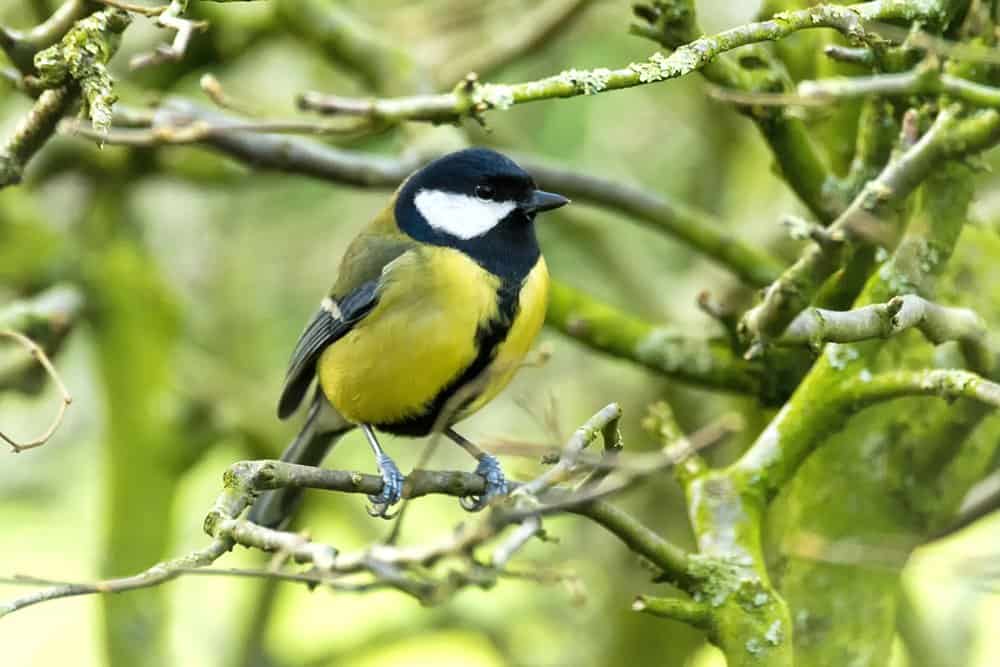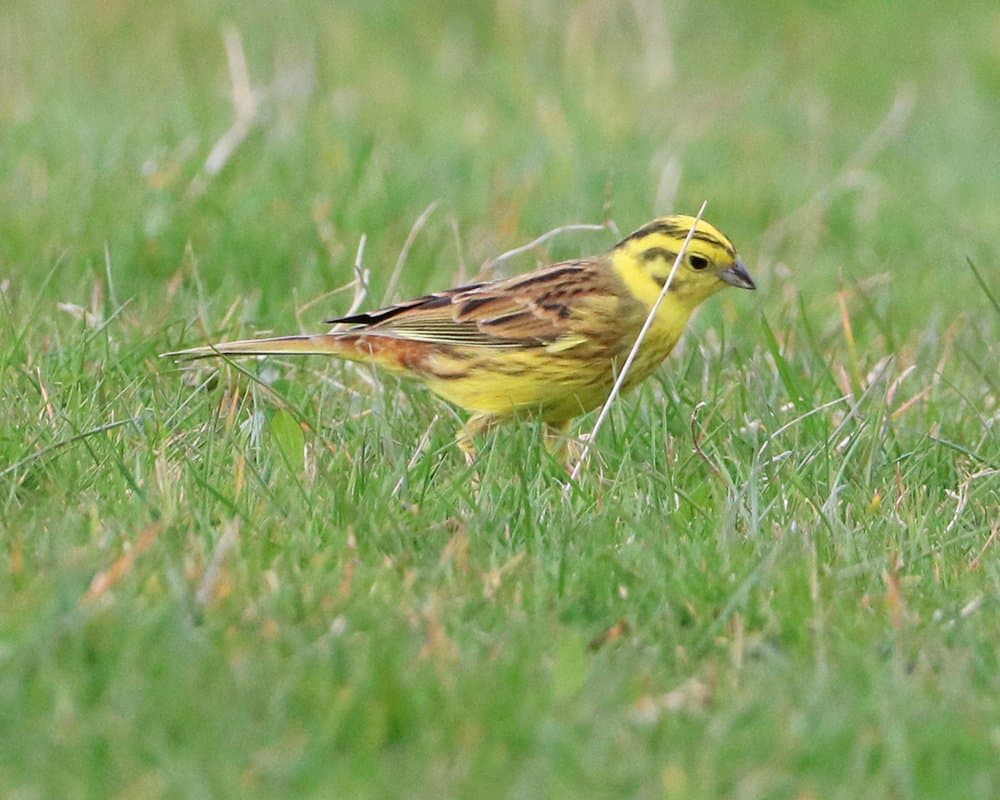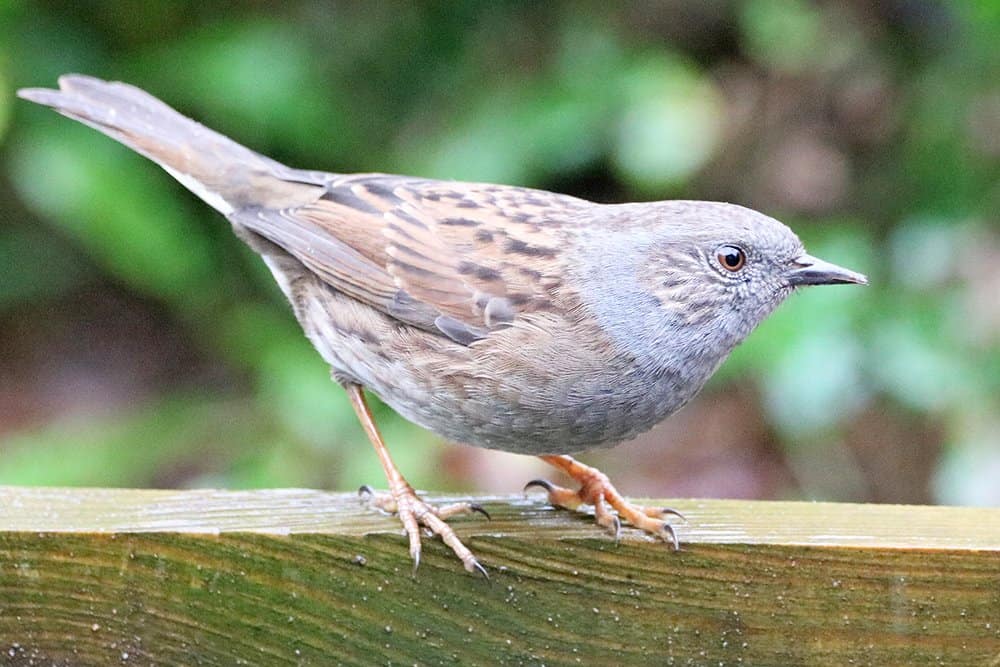Steve Docker joined Field Studies Council Publications in January 2023. Here he discusses bird vocalisations and offers some thoughts and tips about how to learn them.
It will soon be time for the annual breeding bird surveys. I have done these since 2008 and I always look forward to them. An early (6am) start but home again by 9am for a welcome cup of tea and a cooked breakfast.
Organised by the British Trust for Ornithology these surveys include two visits to a 1 km square local to me, an early visit in May followed by a later visit in June. They are part of a nationwide effort by volunteer bird surveyors. The information collected makes a vitally important contribution to understanding bird trends.
Detecting the presence of birds by their vocalisations forms an important element of these surveys but how do you go about learning them?
What are calls and songs?
Calls and songs are two distinct vocalisations made by birds, each with a different purpose and structure.
Calls are short and simple. They are used throughout the year for a variety of purposes, such as warning of danger or keeping in contact with other members of a flock. Produced by both males and females, they are important for bird survey because they are evidence of species presence, especially when birds are difficult to see.
In addition to calls, some birds also sing. Songs are typically complex and melodious, and they are unique to a particular species. They are produced by males during the breeding season to attract a mate and defend a territory. This is known as the ‘dual function hypothesis’. In some species, it is thought that male song acts to stimulate the laying of eggs by the female.

I find bird song a joy to listen to and it is also crucial during surveys. It provides evidence that a species is present at a site, and it is also evidence of possible breeding. In addition, song is especially important in the identification of similar looking species such as warblers.
Song may be structured or unstructured. If a song is structured it can be repeated, whistled, hummed etc. A good example is the metronomic, metallic ‘me-too, me-too’ or ‘tea-cher, tea-cher’ of the Great Tit. By the way, the Great Tit has a very wide repertoire (listen here) so if you don’t recognise a particular sound, it’s highly likely to be a Great Tit!
Contrast this with the completely unstructured, rich and relaxed song of the Blackbird (listen here). There also appears to be a relationship between body size and pitch (sound frequency). The smaller the bird the higher the pitch. An example is the ‘tsee, tsee’ call of the tiny Goldcrest, which some people cannot hear at all (listen here).
Top tips
Learning bird calls and songs is difficult for most people. It takes time and patience, but I have found it very rewarding and well worth the effort. There are many ways to learn bird vocalisations but here are a few tips that have worked for me over the years.

Initially, concentrate upon a small number of common, vociferous species such as Robin, Wren and Blackbird. Learn them well so that you can recognise when something is different that needs further investigation.
I find repetition helpful and prefer the ‘little and often’ approach. At the early stage I listened to bird recordings twice a day when travelling to and from work (about 30 minutes each way).
The use of a memorable phrase or association also works well for me.
The silly but classic ‘a little bit of bread and no cheese’ for Yellowhammer (listen here) or the ‘squeaky shopping trolley’ for Dunnock (listen here) are firmly lodged in my brain!

It can also be useful to check your progress with other learners. When I did this, I found that my hearing was very good and that I was often one of the first to hear a bird. I wish I could say the same for my eyesight! Organised courses, workshops and specialist holidays are the perfect way to learn from both an experienced guide and fellow birders. There are also multiple pairs of eyes and ears! As I improved, I found myself practicing at every opportunity, not only when I visited my local patch but anytime birds were vocal.
So, whether it’s to take part in bird surveys or for enjoyment and fun why not take on the challenge of learning bird songs?
Want to learn more about birds?
Check out the wide range of Field Studies Council courses and the British Trust for Ornithology. Also, the xeno-canto website is an excellent resource. This is a citizen science project dedicated to sharing wildlife sounds, including bird calls and songs.
To help us all appreciate and enjoy biodiversity and better understand the changing state of nature the Field Studies Council has produced a wide range of high quality identification resources. In particular, the WildID fold-out guides and Aids to Identification in Difficult Groups of Animals & Plants (AIDGAP). These are available from our online shop.

